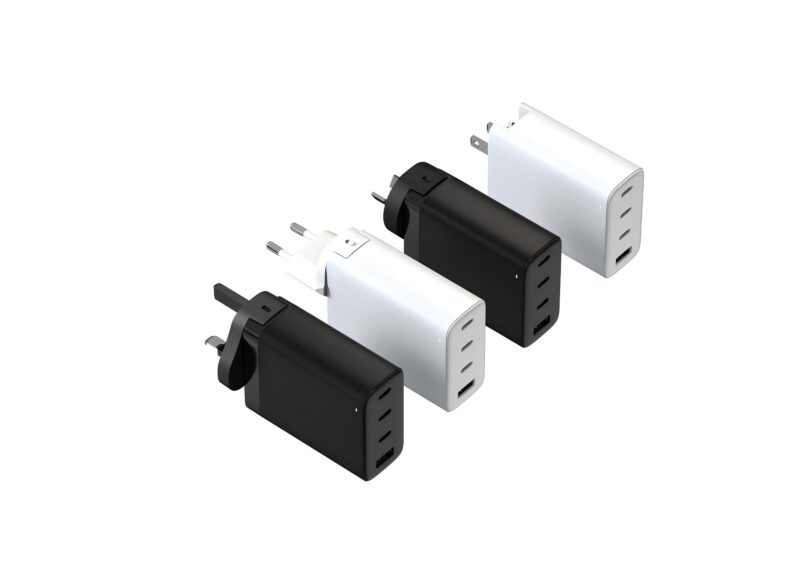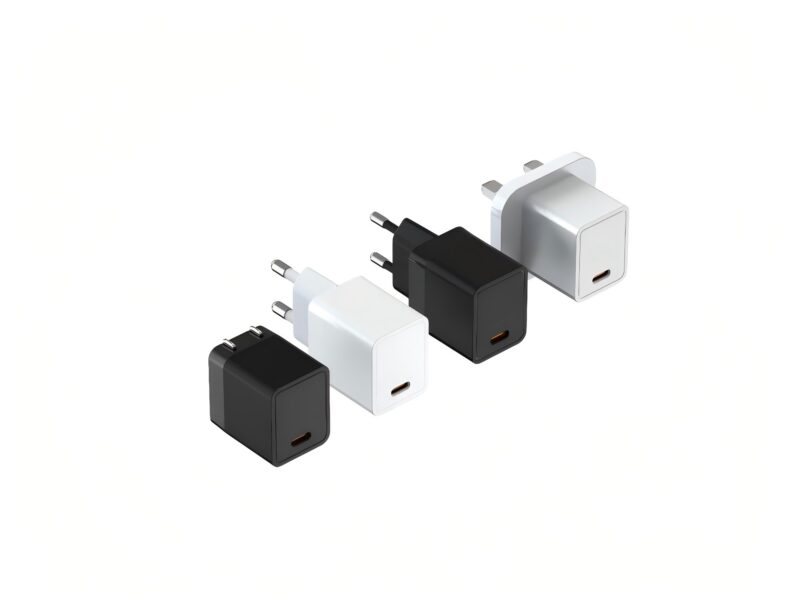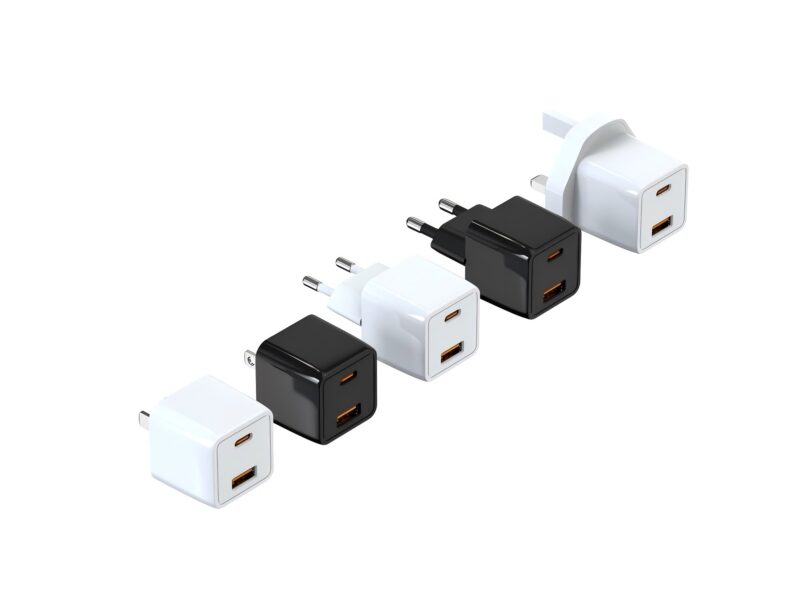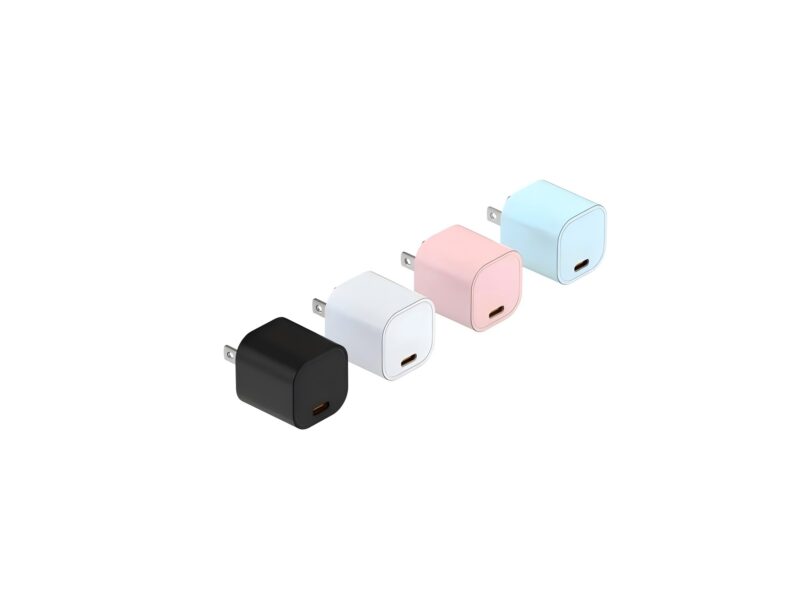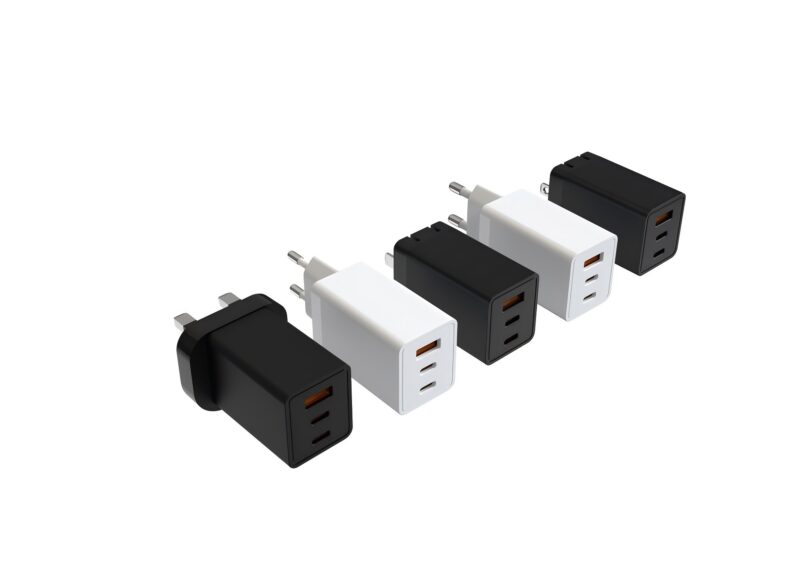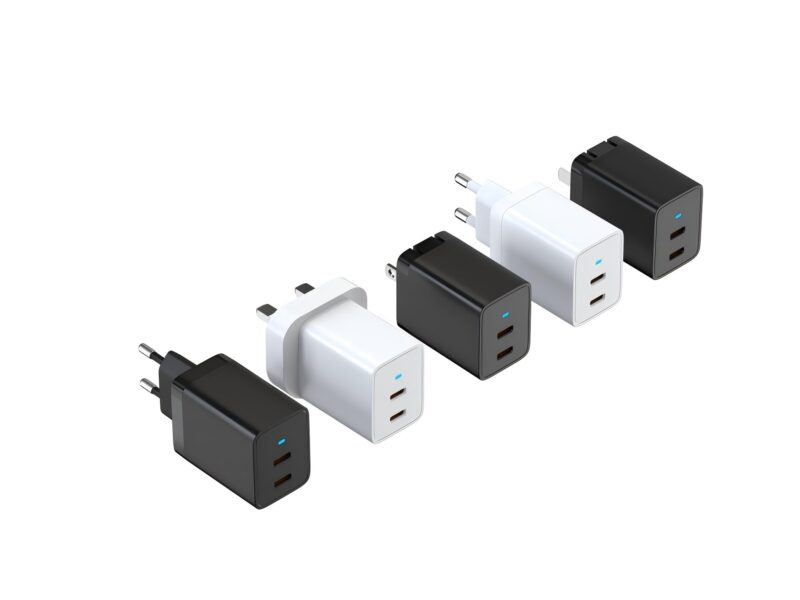An overview of the fast charging protocols

At present, all major mobile phone brands on the market have generally launched their own fast charging protocols. The following is an overview of the fast charging protocols of some mainstream brands:
1. Qualcomm Quick Charge (QC)
- Latest Version: Quick Charge 5
- Maximum Power: Up to 100W+ fast charging (Quick Charge 5 supports up to 100W, theoretically capable of higher power)
- Features: Supports bi-directional fast charging, strong compatibility, and stable charging with temperature control. Widely used in Android devices, especially high-end models.
- Supported Devices: Most high-end Android phones, some tablets, and laptops.
2. USB Power Delivery (USB-PD)
- Latest Version: USB-PD 3.1
- Maximum Power: Up to 240W
- Features: A standardized USB protocol, supports cross-device and cross-brand compatibility, using USB Type-C connectors. Applicable to a wide range of devices including phones, laptops, and other electronics.
- Supported Devices: Most Android devices, Apple devices (iPhones, iPads), and some laptops.
3. OPPO VOOC / SuperVOOC
- Latest Version: SuperVOOC 3.0, SuperVOOC 4.0
- Maximum Power: Up to 100W (SuperVOOC 4.0 supports up to 150W)
- Features: OPPO’s VOOC technology boosts charging speed by using high voltage and low current while employing proprietary charging protocols and battery management systems to reduce heat and ensure safety.
- Supported Devices: OPPO, OnePlus (some models), Realme, etc.
4. Xiaomi Mi Turbo Charge / Xiaomi HyperCharge
- Latest Version: Xiaomi HyperCharge 120W / 200W
- Maximum Power: Up to 200W (Xiaomi 12S Ultra supports 120W)
- Features: Xiaomi’s fast charging technology is known for its extremely high charging power, with 200W charging capable of fully charging the battery in just 10 minutes. This ultra-fast charging is mainly used in high-end models to meet the rapid charging needs of large batteries.
- Supported Devices: Xiaomi, Redmi, and some high-end models.
5. Vivo FlashCharge
- Latest Version: FlashCharge 120W
- Maximum Power: Up to 120W
- Features: Vivo’s FlashCharge technology offers fast and efficient charging with minimal heat generation, delivering a rapid charging experience. FlashCharge is used mainly in Vivo and iQOO’s high-end models.
- Supported Devices: Vivo, iQOO series.
6. Samsung Super Fast Charging
- Latest Version: Super Fast Charging 2.0
- Maximum Power: Up to 45W
- Features: Samsung combines USB-PD and PPS (Programmable Power Supply) technologies to offer efficient charging with low heat generation. Compatible with a wide range of devices.
- Supported Devices: Galaxy S series, Galaxy Note series, and some Galaxy A series.
7. Apple Fast Charging (via USB-PD)
- Latest Version: Via USB-PD Protocol
- Maximum Power: Up to 30W (iPhone 15 Pro series supports up to 20W)
- Features: Apple uses the USB-PD protocol for fast charging, allowing iPhones to charge rapidly when used with the appropriate charger and cable. Apple doesn’t use a proprietary fast-charging protocol but instead relies on the industry-standard USB-PD.
- Supported Devices: iPhone 8 and later, iPad, etc.
8. Realme Dart Charge
- Latest Version: Dart Charge 100W
- Maximum Power: Up to 100W
- Features: Realme’s Dart Charge uses optimized charging algorithms to achieve rapid charging while maintaining low temperatures, supporting multiple fast-charging standards.
- Supported Devices: Realme smartphones.
9. Lenovo Turbo Charge
- Maximum Power: Up to 45W
- Features: Lenovo’s fast charging protocol is primarily used for its smartphones and tablets, providing high charging efficiency.
- Supported Devices: Lenovo, Motorola series.
Summary of Fast Charging Protocols:
- Highest Power: Xiaomi (200W) and OPPO (150W) lead the market in charging power.
- Widespread Use: USB-PD is currently the most universal fast charging protocol, particularly effective in cross-device charging.
- Brand-Specific: Most smartphone manufacturers have proprietary fast charging technologies (e.g., OPPO’s VOOC, Vivo’s FlashCharge), optimizing charging speed and battery health for their own devices.
- Apple’s Limitation: While iPhones support the USB-PD protocol, their maximum charging power is generally lower, usually around 20W.
These fast charging protocols all aim to improve charging speed while reducing heat generation, enhancing the overall user experience, although each brand implements its own approach.
